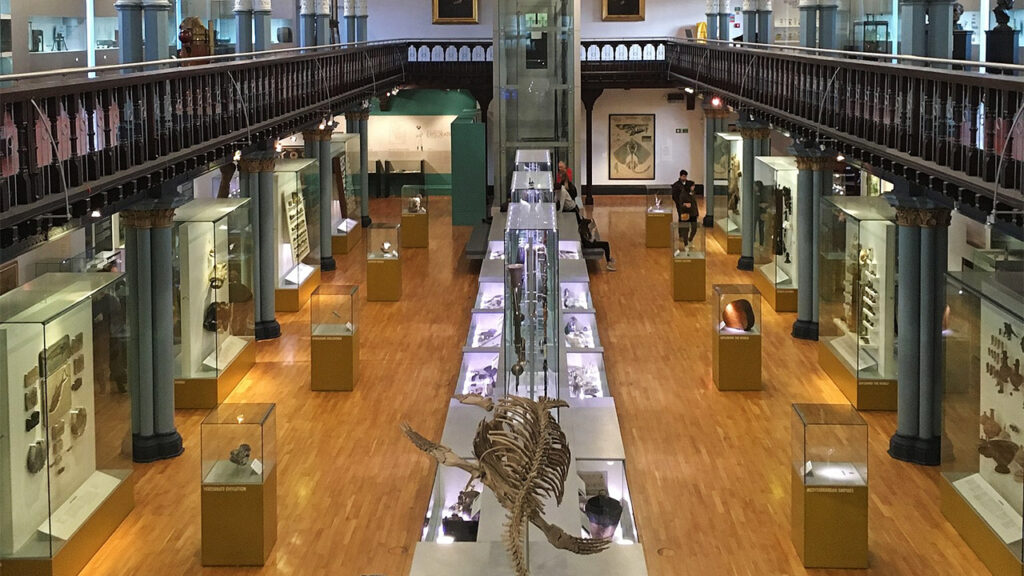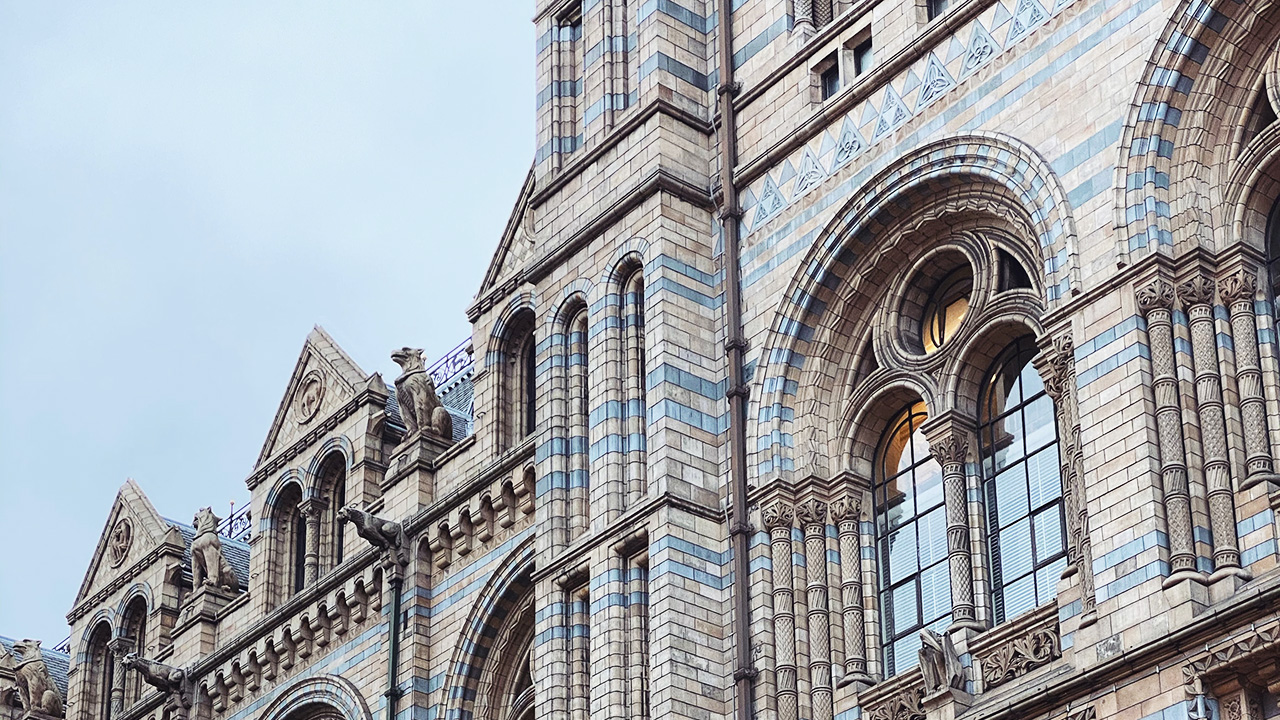On September 1, Culture24, a UK-based cultural consultancy, hosted “Reflections on Digital Leadership for Heritage,” a seminar discussing how heritage organizations can lead with digital. As museums find themselves navigating an increasingly digital environment, the session offered guidance on what digital entails for organizations internally, from building a digitally confident team to bolstering digital capabilities.
The seminar is also part of a larger Culture24 program, Leading the Sector, which provided 16 heritage organization leaders with digital leadership courses between April 2020 and May 2021. Here, we’ve rounded up four critical takeaways from the latest session.
Increasing digital literacy
Devising a digital strategy isn’t enough; heritage institutions need teams that understand technology and digital work. That means hiring people in specialized fields — whether social media strategists, DAM specialists, or senior engineering teams with expertise in cultural sectors — that can help boost the digital literacy of the wider organization.
The key, said Dr Giovanna Vitelli, Head of Collections and Curatorial at Hunterian University of Glasgow, is to “bring in as much as possible, formally and informally, from the bigger world of digital into the conversations that are happening.”
Understanding why you’re going digital

The Hunterian Museum’s 2018 – 2020 digital strategy encompassed projects from building out a robust content management system to implementing digital interpretive tools in its galleries. Image: The Hunterian
Don’t adopt technology or digital practices for the sake of novelty. Instead, understand why your organization may benefit from digitization. Will such a digital pivot benefit your organization’s curatorial departments, press teams, or HR? With this understanding, cultural organizations can better tailor their digital strategies to fit their internal needs.
“Digital leadership is to focus on the why,” said Christine Luxton, Chief Executive of Suffolk Wildlife Trust, emphasizing the need to understand the “difference [digital] will make at the organizational, and [the] difference it will make to staff so that we will then embrace digital change.”
Leveraging remote working
Remote work has become the new normal for many industries, including the arts and culture sector. While it may pose challenges, remote work does open one critical advantage: everyone can be reached digitally. In an era of digital connections, museum workers can reach other heritage professionals who, before the pandemic, may have spent more time onsite than online.
As an example, Professor Ross Parry from University of Leicester’s School of Museum Studies pointed to the seminar itself as “an example of the brilliance of partnerships, having cultural organizations sharing peer-to-peer mentoring, involving universities, consultants, and companies, support agencies and professional bodies.”
Building inclusivity into the digital realm
That the digital environment grants both cultural organizations and its visitors increased accessibility is no surprise. While a heritage venue may be intimidating in person, its virtual environment might prove to be more approachable. “There and lots of people who don’t feel confident or comfortable in some heritage settings but are very, very comfortable and confident online,” noted the National Lottery Heritage Fund’s Josie Fraser.
But with accessibility should also come inclusivity. As cultural institutions engage positively in the broader social dialogue surrounding gender, race, and identity, their digital initiatives should also encompass as wide a spectrum of visitor demographics. “Helping people who don’t necessarily see that heritage is for them, or don’t necessarily understand the huge benefits that heritage has,” said Fraser, should be an essential function of any digital initiative.



